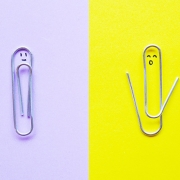What were the biggest challenges and triumphs for comms in 2021?
And we thought 2020 in comms, marketing and PR was difficult – 2021 brought yet more challenges, forcing everyone to adapt to the constantly changing environment we found ourselves in.
In this part of our series of features looking back at this year, and forward to the next, seven practitioners from across the industry share what they saw as the biggest challenges of 2021 and some of the organisations, people and brands that did great work in 2021.
Sarah Waddington, Astute.Work and #FuturePRoof
Main challenges of 2021?
‘The biggest challenge for comms practitioners this year has been battling fatigue. Working practices and client expectations have changed throughout the pandemic, in part through people working from home, and it seems to have exacerbated the ‘always on’ culture we’ve been trying to move away from. The biggest challenge for the year ahead will be managing this and re-establishing boundaries so the workplace is a happy and healthy one.’
Comms winners this year?
‘I thought the Don’t Be That Guy video by Police Scotland was particularly well thought out and timed in the wake of the murder of Sarah Everard and following the wave of anger up and down the country relating to violence against women. It actually looked at the cause of the problem, rather than place responsibility onto women to stay safe.’
Sudha Singh, The Purpose Room
Main challenges of 2021?
‘The world has changed and like everyone else comms practitioners have had to adapt to the fast-changing world. I think the biggest challenge has been to understand how best we can serve our clients’ needs, help them to stay authentic and relevant. The other big challenge was providing adequate support to the disparate (and ever evolving) needs of team members and employees.’
Comms winners this year?
‘Brands that were true to their core purpose and were authentic were the winners – Zoom, IKEA, UK Gov Comms (…not politicians), Deliveroo, football campaign against racism, Raheem Sterling’s campaign, and the Aldi Free Cuthbert campaign.’
Gavin Devine, Park Street Partners
Main challenges of 2021?
‘Maintaining focus has been really difficult in 2021. The year has been a rollercoaster of lockdowns and normality, international travel being impossible and then opening up, office working prohibited, frowned upon and then encouraged. It hasn’t always been easy to know how in practice to deliver for clients and to keep colleagues motivated and positive. These challenges are not unique to comms but we perhaps feel them particularly acutely because often we have been called in to help clients shape and communicate their responses to COVID-19. Entering more of a ‘steady state’ of near-normality in the last couple of months has been an enormous relief.’
Comms winners this year?
‘I can think of so many individuals and organisations who had a bad year in terms of comms in 2021. There were few real winners, although it would be hard to argue that Kate Bingham and Nadhim Zahawi didn’t have a great year in terms of their personal ‘brands’.’
Emmanuel Ofosu-Appiah, Mercer
Main challenges of 2021?
‘One clear challenge has been constant news flow and sheer amount of change since the pandemic hit. This has made it harder for clients and stakeholders stories to penetrate into the mainstream. PRs really need to think about what they are sharing externally and what key messages they want to get across. There has also been a shift with organisations focusing more on ESG and sustainability issues which has required practitioners to think outside of the box to get their stories heard.’
Comms winners this year?
‘I was blow away by the FIFA and EA Sports campaign for The Kiyan Prince Foundation and QPR. It was a genius creative idea from Engine Group with such a strong and moving message following such an unfortunate incident. I know many young people will be inspired by the campaign.’
Anne Gregory, University of Huddersfield
Main challenges of 2021?
‘Resilience and stamina, given the relentless nature of the on-going crisis. Working remotely – the watercooler moments are so important to ‘temperature check’ the organisation, particularly what is happening internally. Major flop to digital/online working. Educating senior managers on how to be really competent in genuine communication and not talking in soundbites.’
Comms winners this year?
‘Pfizer, Unilever and health scientists!’
Tolu Rachel Akisanya, Ariatu PR
Main challenges of 2021?
‘Not just this year, but for several years now, is the industry has struggled with the ability – or lack of – to switch off. This has always been an issue, however with the pandemic and working from home, it’s been harder to separate work life and personal life. Especially when both happen in the same room now (my front room is both my office space and leisure space). Additionally, with the growth of new social media platforms and media outlets, it means we’re constantly consuming media, even in our downtime, which often means we never really ever switching off. Whether we consciously or subconsciously realise it, we’re always looking for the next opportunity or connecting with a new contact online or horizon scanning – it can sometimes be information overload.
‘However, this has led to a positive movement and we’ve seen the wider industry acknowledge this issue and work towards raising awareness, providing support and resources, and creating more open and wider discussions about how to improve the mental health and well-being of PR practitioners.’
Comms winners this year?
‘I’ve really enjoyed seeing the work Ariatu PR has done with podcasts, such as Broccoli Content and Coiled. In a market that is oversaturated, being able to ‘cut through the noise’ and deliver impactful campaigns, generate coverage (in the likes of the Financial Times and Stylist magazine) to raise awareness and lead to listeners, for shows that are not celebrity led, has been incredible.’
Stuart Thomson, BDB Pitmans
Main challenges of 2021?
‘In public affairs, we have had to put up with seemingly continuous outrage caused by the behaviour of some serving and former Parliamentarians and their lobbying activities. It has done little to help the reputation of politics or public affairs. The CIPR and PRCA have been very firm in their condemnation of the activities but sadly such behaviour damages us all.
‘A large part of public affairs is the development of relationships and, however good online activity is, there is nothing to really replace face-to-face interaction. The extended lockdown at the start of the year and now worries about another wave has curtailed that. We really do need to get back to normal in-person political activity.’
Comms winners this year?
‘The Beatles. The brand of a band that ceased to exist before even I was born continues to astound. The release of Peter Jackson’s Beatles documentary Get Back has been trailed and tantalised for more than a year building up on the anticipation of its release on Disney+. A great piece of communications.’
Read predictions for the trends PR and comms professionals can expect in 2022 here and start your campaign planning with Vuelio’s media, PR, public affairs and political services – find out more here.

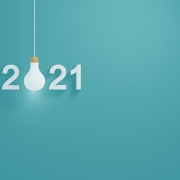

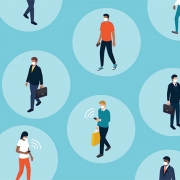



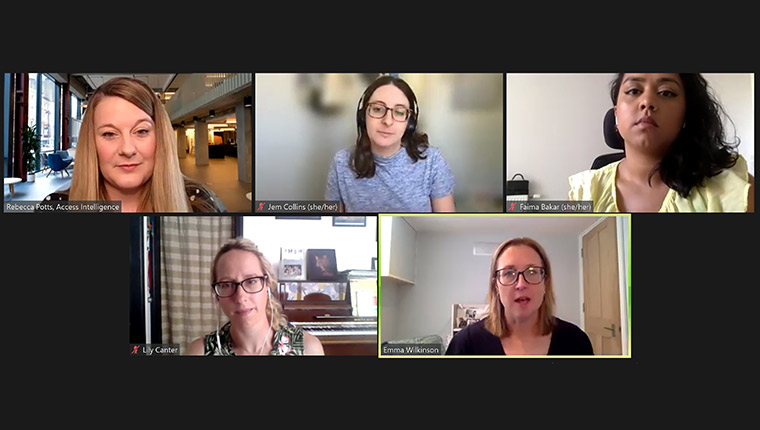
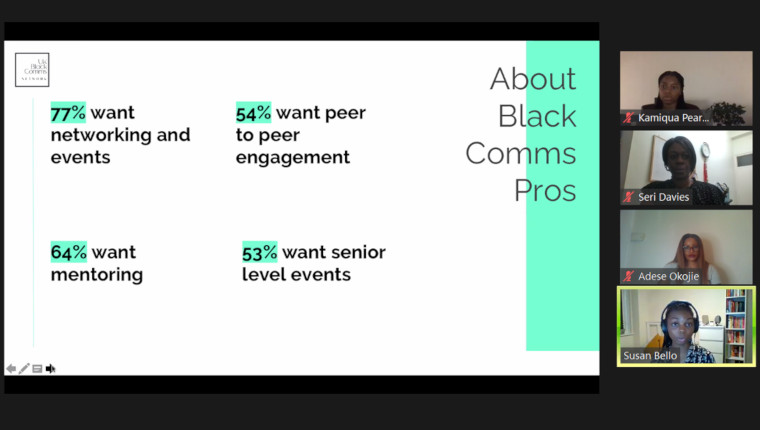
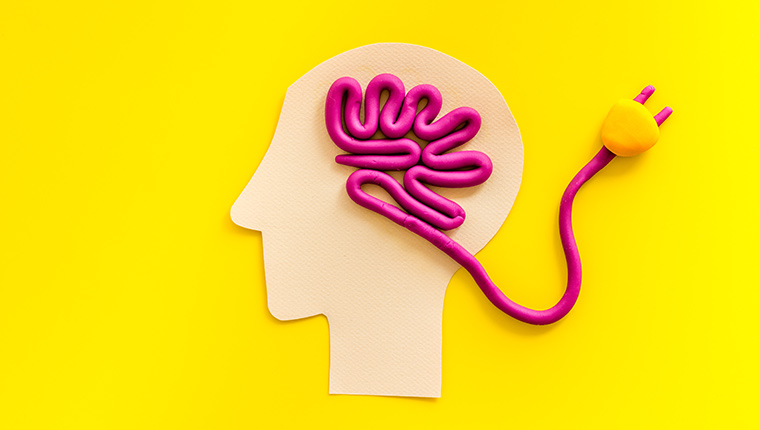
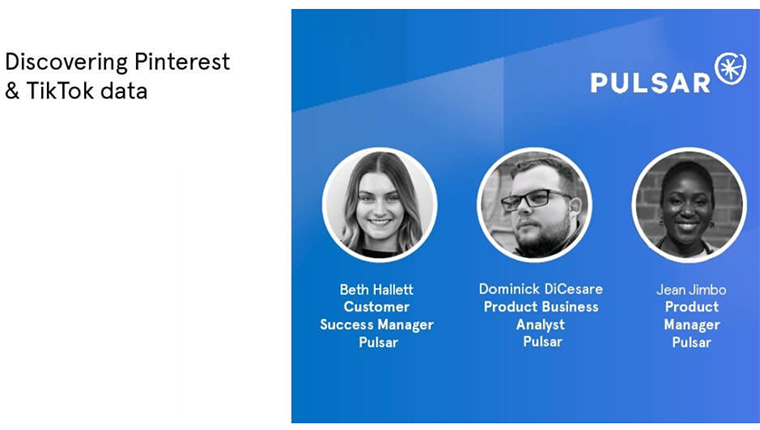
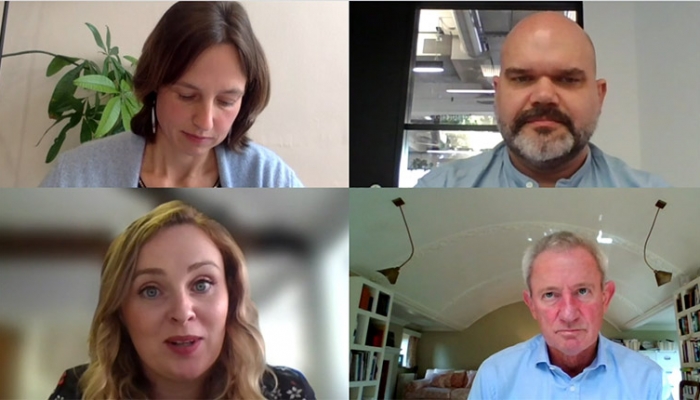
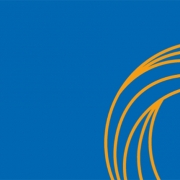
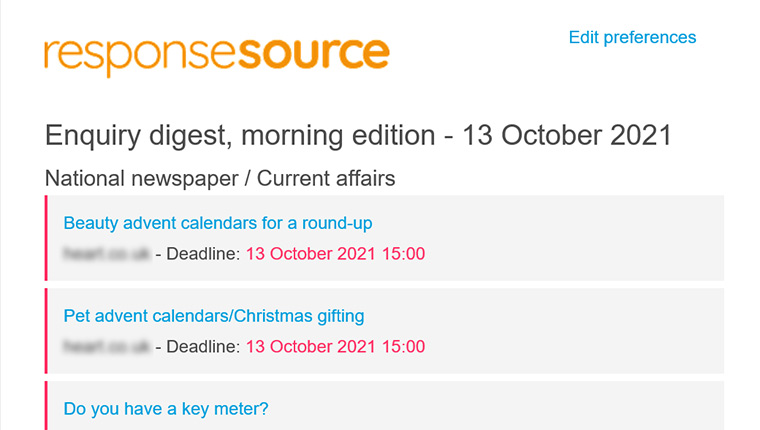
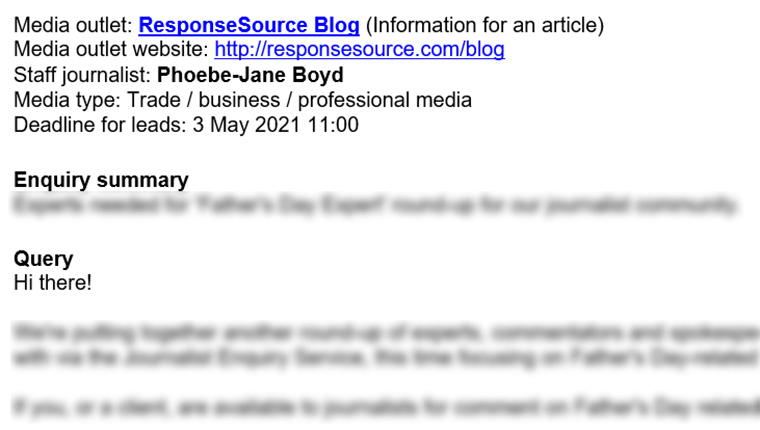
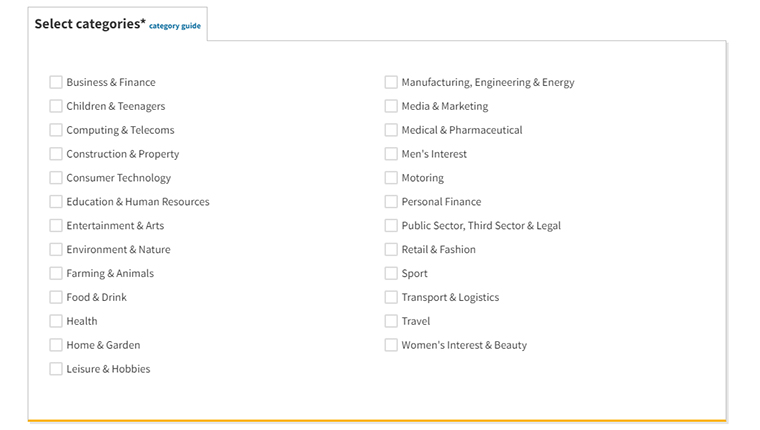

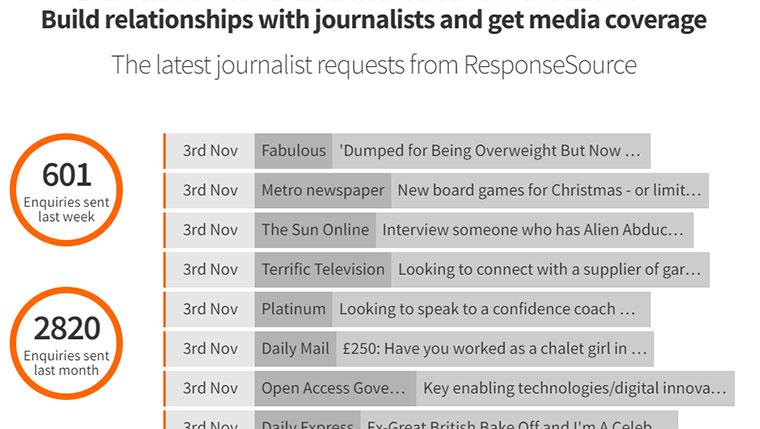
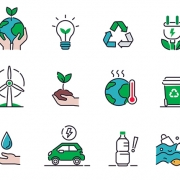
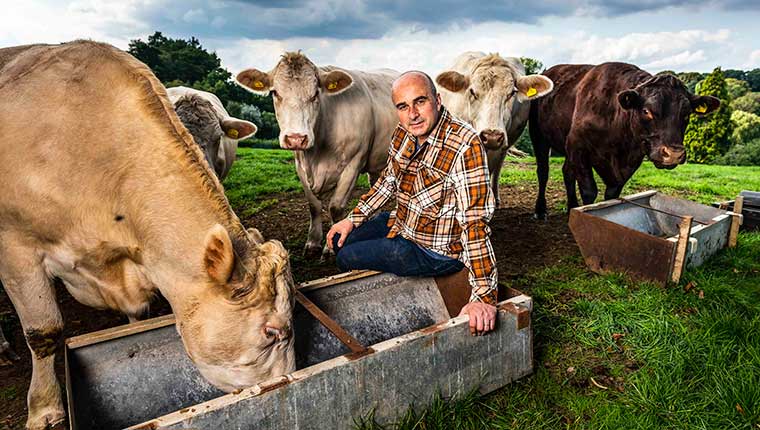
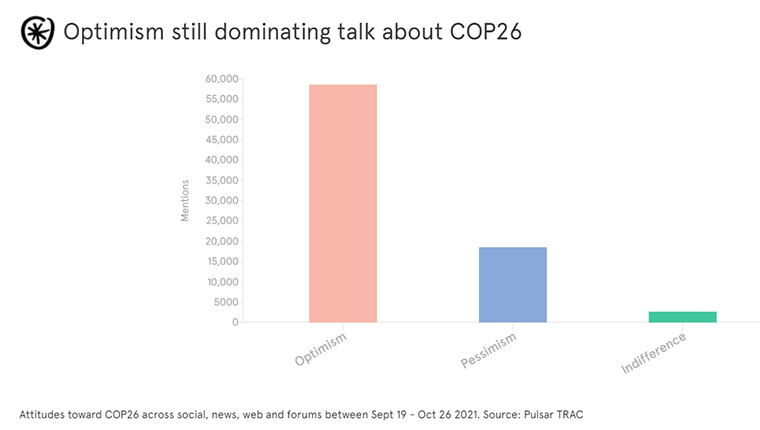
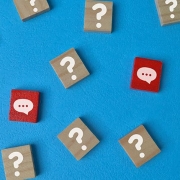

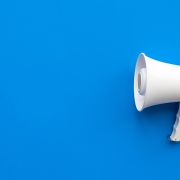



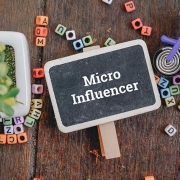
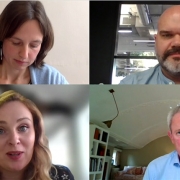
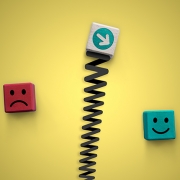
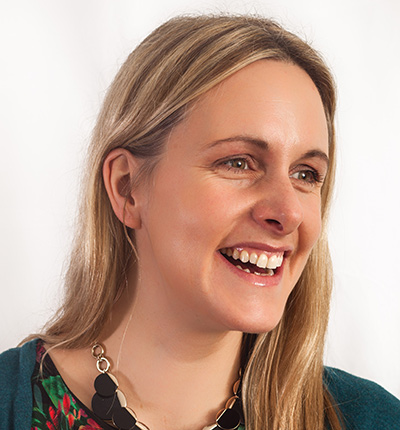 Writing this article made me realise we’re extremely lucky that we genuinely don’t have any clients that I would describe as ‘difficult’. However, reflecting on the past few decades – working for London PR agencies and perhaps also, when I started my own agency
Writing this article made me realise we’re extremely lucky that we genuinely don’t have any clients that I would describe as ‘difficult’. However, reflecting on the past few decades – working for London PR agencies and perhaps also, when I started my own agency 


